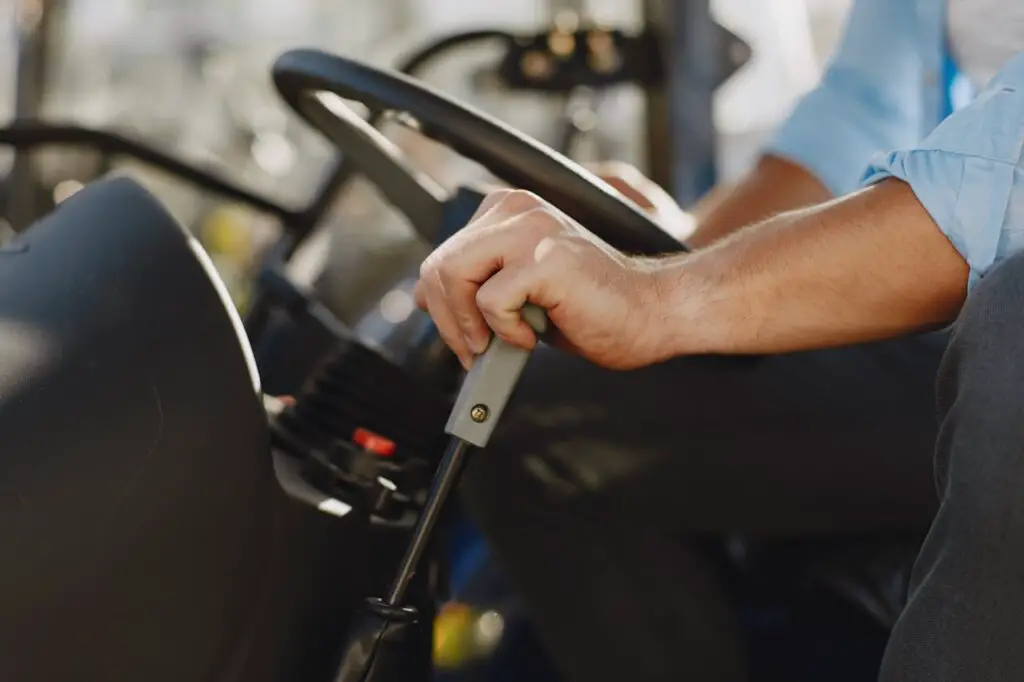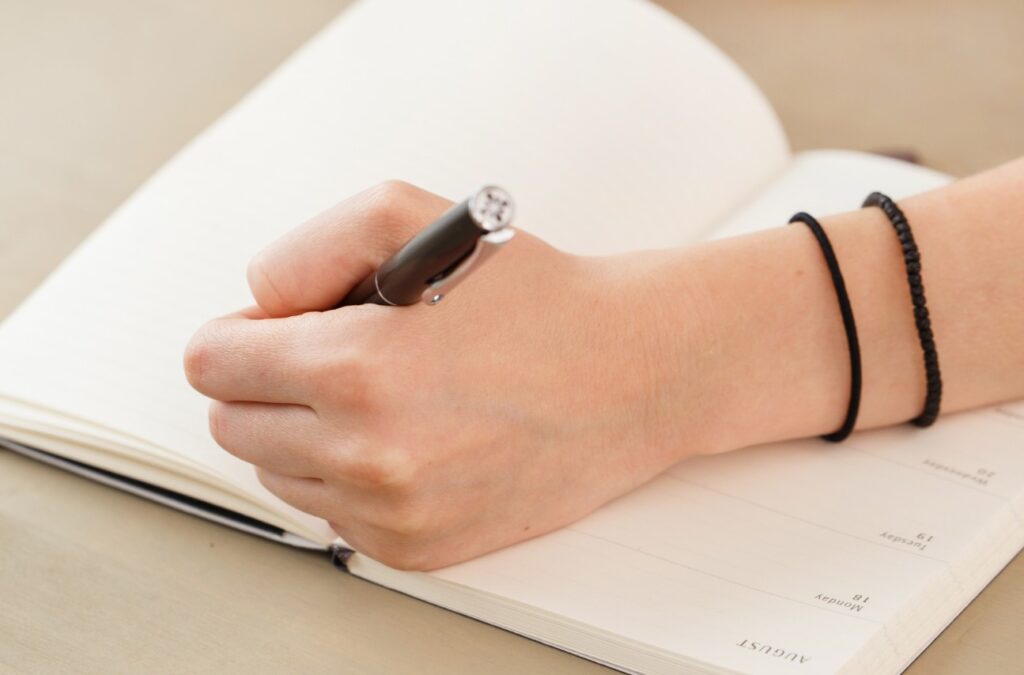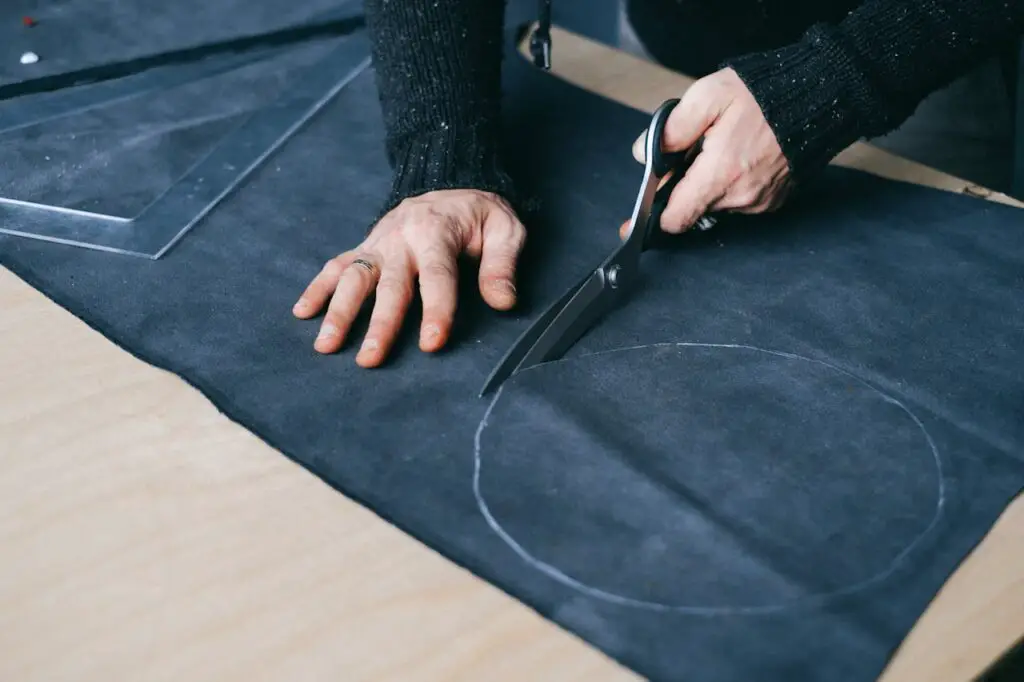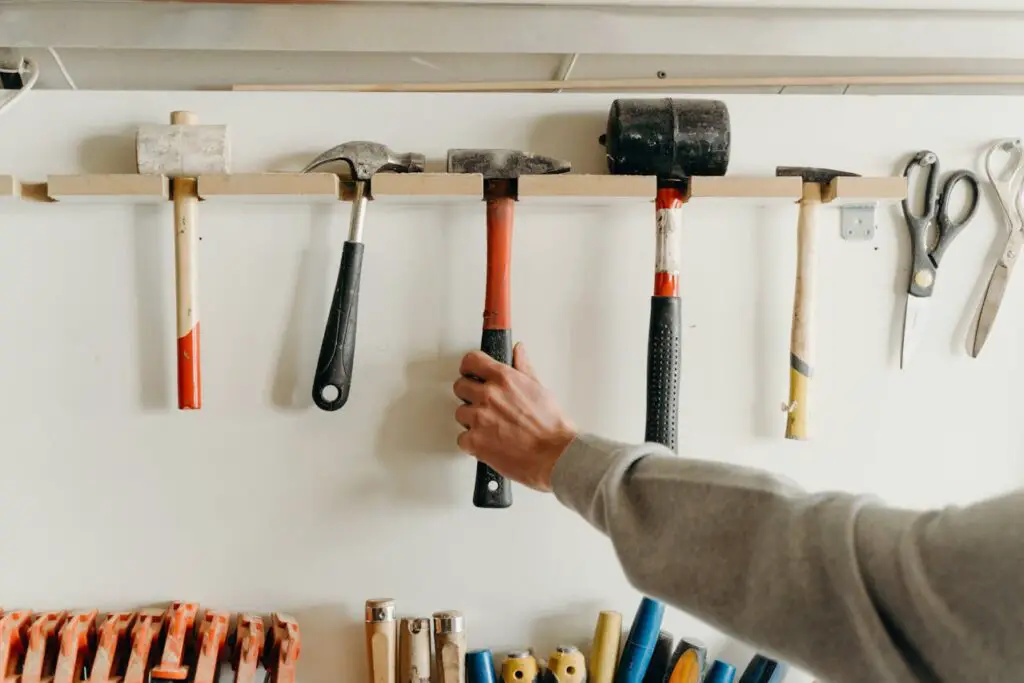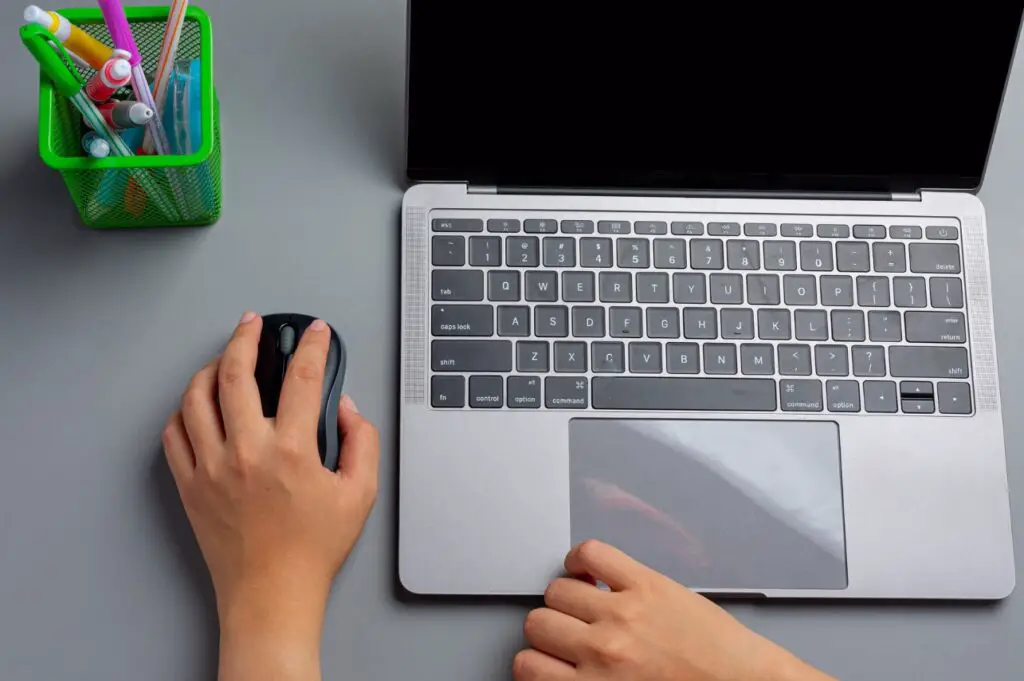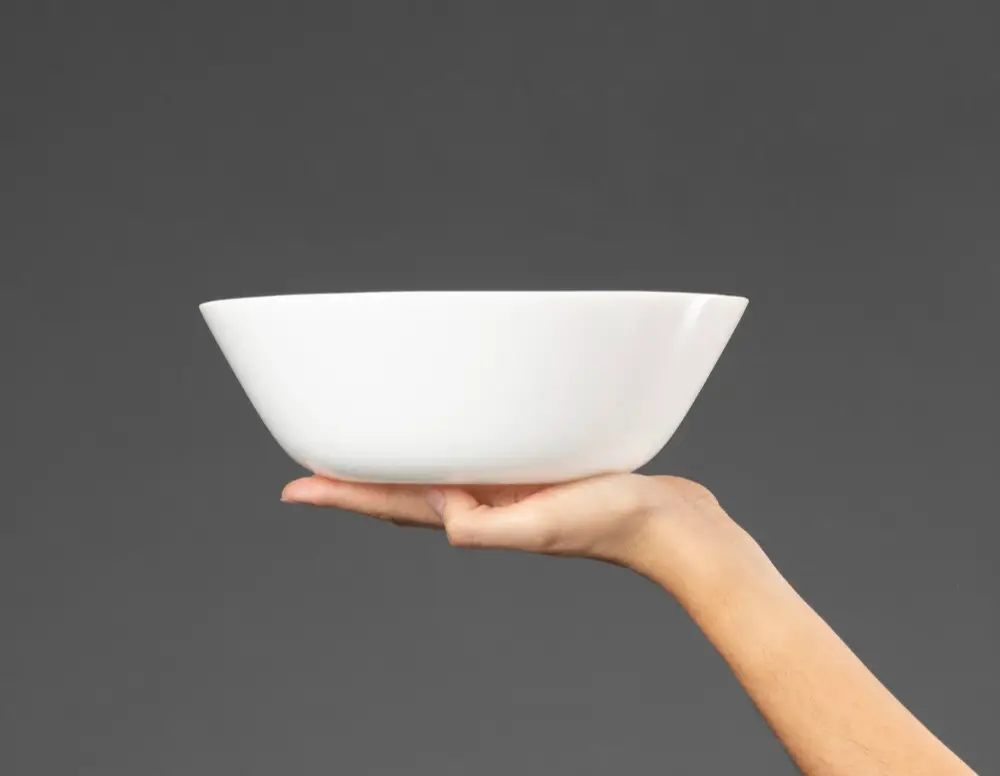In a world where our hands are crucial to nearly every task we do, from eating and writing to driving and working, there are certain moments where using your left hand might not be the best option. Whether you are left-handed or right-handed, some activities are just easier or safer with your dominant hand. There are even instances when using your left hand could lead to discomfort, poor performance, or even danger. Let’s dive into 12 situations where it’s best to refrain from using your left hand and stick with your dominant one.
1. Writing (If You’re Right-Handed)
Writing with your left hand can be a frustrating experience if you’re right-handed. Most people are naturally better at writing with their dominant hand, which allows for more fluid and controlled movements. Using your left hand for writing may result in messy handwriting, slower speeds, and awkward postures. For right-handed individuals, this situation is a no-brainer—stick with your right hand to avoid smudging your paper and to make your writing more legible and efficient.
2. Cutting with Scissors (If You’re Right-Handed)
Scissors are primarily designed for right-handed users. The handles and blades are made to fit the natural grip of a right hand, making cutting much easier. If you are right-handed and try to use scissors with your left hand, you’ll likely find it uncomfortable and awkward. You might struggle to make clean, even cuts, which can be both frustrating and inefficient. For the best results, always use your dominant hand when cutting with scissors to ensure smooth and controlled movements.
3. Driving a Car (If You’re Left-Handed)
Driving requires using both hands, but certain actions, like shifting gears or controlling other vehicle functions, are typically easier when done with your right hand. In cars designed for right-handed drivers, the gear stick, handbrake, and other controls are placed in a way that favors the right hand. If you’re left-handed, attempting to use your left hand for these tasks may lead to awkward positioning, reduced control, and unnecessary strain. Stick with your right hand for driving-related tasks to ensure maximum safety and comfort.
4. Carrying Heavy Items
When it comes to carrying heavy items, it’s important to use your stronger hand to ensure balance and minimize the risk of injury. For most people, that’s the dominant hand. Using your left hand, especially if you’re right-handed, could put unnecessary strain on your wrist, shoulder, and back. If you’re carrying something bulky or heavy, always use your dominant hand to avoid awkward positioning and ensure a more balanced and comfortable grip.
5. Shaking Hands in Formal Situations
Shaking hands is an important part of many professional and social interactions. However, using your left hand to greet someone can come across as unusual or even impolite in formal settings. The right hand is traditionally associated with greeting others, and offering your left hand for a handshake can make the exchange feel uncomfortable or disjointed. For formal occasions or when meeting someone new, always offer your right hand to maintain a sense of respect and professionalism.
6. Throwing a Ball (If You’re Right-Handed)
If you’re right-handed, throwing a ball with your left hand can be a real challenge. The body’s natural coordination and strength are optimized for using the dominant hand, making it difficult to throw with power or accuracy using the left. Whether you’re playing catch, participating in sports, or engaging in a simple game of ball toss, it’s generally better to stick to your dominant hand for throwing. This will help you achieve more precision, force, and control during the activity.
7. Using Tools (If You’re Right-Handed)
Most tools, such as hammers, screwdrivers, and pliers, are designed with right-handed users in mind. If you’re right-handed, trying to use these tools with your left hand can lead to awkward positioning, ineffective use, and even injury. It’s more difficult to maintain control of the tool, and you may find it harder to apply the right amount of force or precision. To make sure you use tools efficiently and safely, always go with your dominant hand.
8. Using a Mouse on a Computer (If You’re Right-Handed)
For right-handed individuals, using a computer mouse with the left hand can feel incredibly awkward and frustrating. Since most mice are designed for right-handed users, using it with your left hand can lead to uncomfortable wrist angles and slower movements. This could decrease your productivity and lead to muscle strain or discomfort. If you’re right-handed, it’s best to use the mouse with your right hand to ensure faster, more efficient navigation and comfort throughout the day.
9. Eating with Utensils (If You’re Right-Handed)
If you’re right-handed, eating with utensils in your left hand can feel unnatural and uncomfortable. Most people find it easier to use their dominant hand for tasks like holding a fork, spoon, or knife, and attempting to use the left hand might lead to clumsiness or an awkward eating posture. To maintain better control, avoid spilling food, and make your meals more enjoyable, it’s best to stick with your dominant hand when eating, especially with utensils.
10. Throwing a Punch
In situations where you need to defend yourself or in sports like boxing or martial arts, throwing a punch with your left hand—if you’re right-handed—will likely feel weaker and less precise. The body’s muscle memory is built around using the dominant hand for most physical activities, including punching. The right hand is generally more capable of delivering a stronger, more controlled punch. If you’re engaging in self-defense or sports, always rely on your dominant hand to throw a punch.
11. Opening Jars or Bottles
Opening jars and bottles can be a real challenge, especially if the lid is tight. If you’re right-handed, using your left hand to twist and turn the lid will not provide the same leverage or grip, and you may struggle to open the container. You risk slipping and spilling the contents or even injuring your hand in the process. Using your dominant hand will give you better control and the necessary strength to open jars and bottles with ease and without causing discomfort.
12. Handling Delicate Items
When handling delicate items like glassware, china, or expensive electronics, it’s essential to use your dominant hand to ensure a firm yet gentle grip. The dominant hand is generally more controlled and steady, allowing you to handle fragile objects without risk of dropping or damaging them. Using your left hand, especially if it’s your non-dominant one, can lead to mistakes or accidents, such as knocking over items or applying too much pressure. To avoid these issues, always rely on your dominant hand for tasks that require care and precision.
Final Thoughts
In conclusion, while our hands are incredibly versatile and essential for daily tasks, there are certain situations where using your left hand can cause problems. Whether you’re writing, driving, using tools, or performing delicate tasks, your dominant hand is typically the best option for ensuring comfort, efficiency, and safety. By understanding when it’s best to use your dominant hand, you can navigate your day more effectively, avoiding unnecessary strain or accidents. Though everyone’s experience may vary, recognizing these situations will help you improve the way you go about your day-to-day activities.

